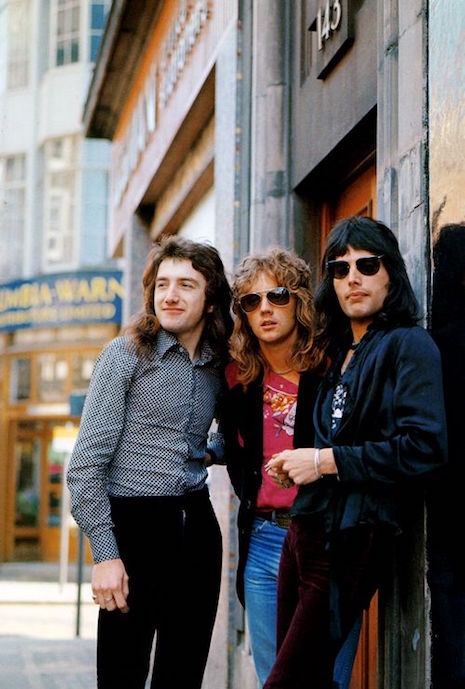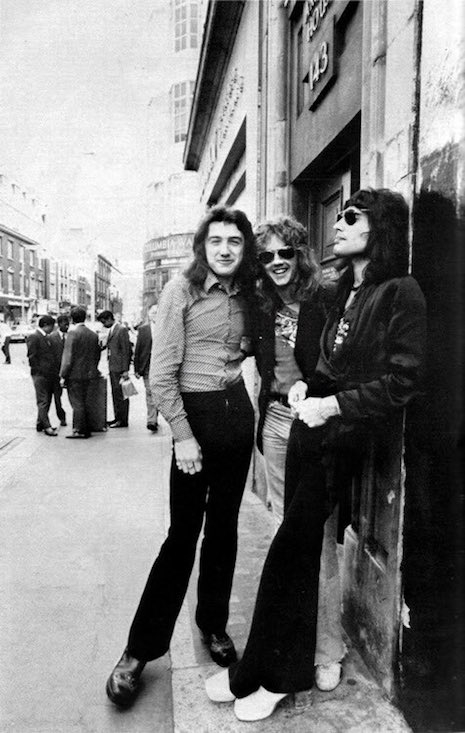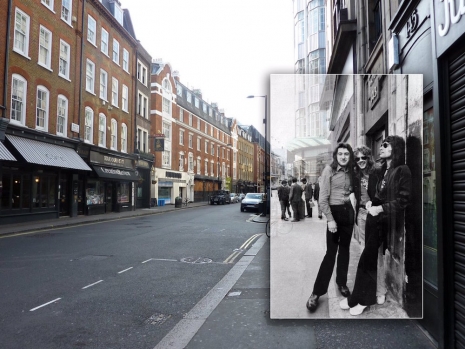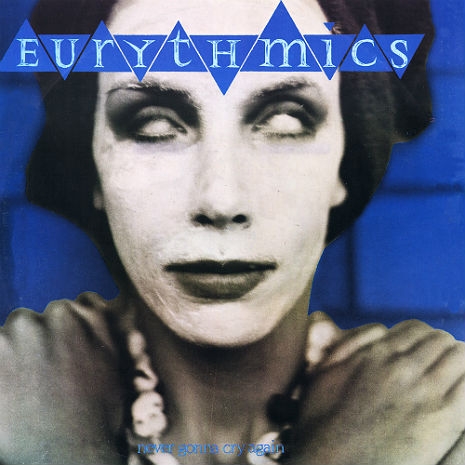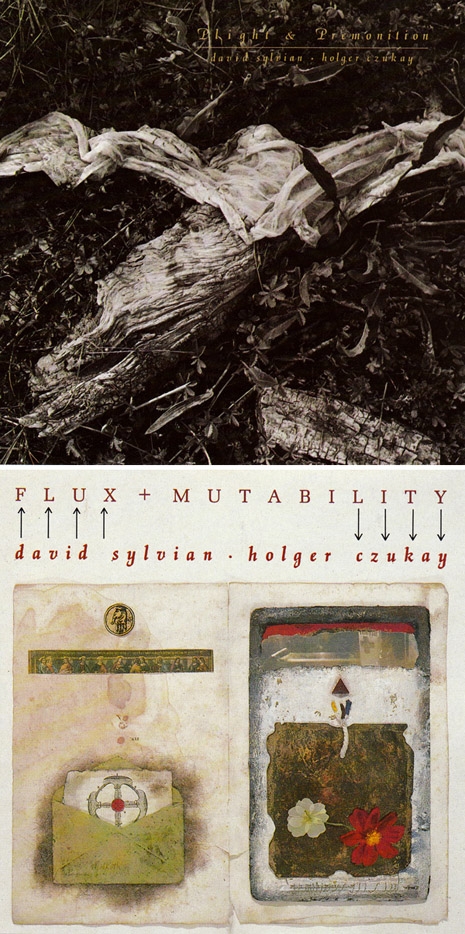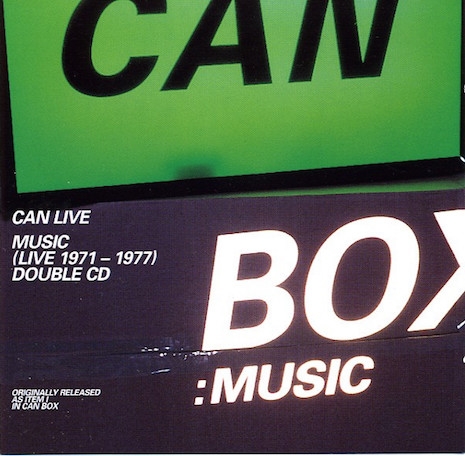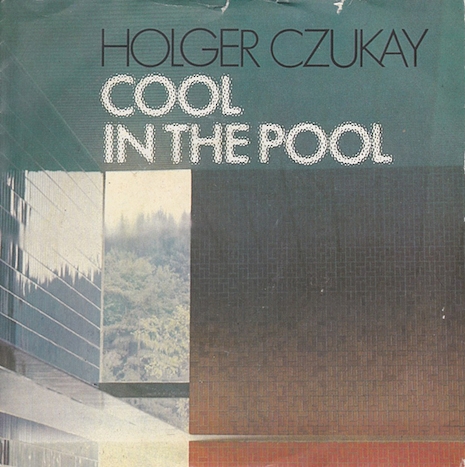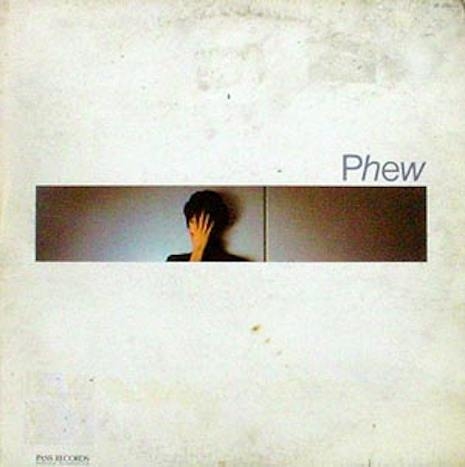
Anyone who is looking to celebrate Halloween but insists on being totally “Kosmisch” (cosmic) about it, there’s a curious release that you’ve got to hear about. Holger Czukay of Can and Conny Plank, a respected Krautrock producer who also played frequently with Cluster‘s Dieter Moebius, teamed up in 1980 for a bizarre (and awesome) one-off project called Les Vampyrettes. Why they chose a French name is beyond me but it might have to do with Louis Feuillade’s silent Les vampires serials?
In any case, Les Vampyrettes are totally krautrock’s salute to the spooky, scary creepy-crawlies commonly associated with Hallow’s Eve. They even put a cute little image of a bat on the cover of the maxi-single, for Can’s sake.

Holger Czukay and Conny Plank, 1983
The opening lyrics to “Biomutanten”—probably don’t have to tell you what that word means—are creepy in a fun Halloween-y way. “Pass auf wo du stehst, pass auf wo du gehst, am tag und in der nacht, überall wirst du bewacht….” means “Watch out where you stand, watch out where you go, in the day and in the night, you are being watched everywhere….” The other song is called “Menetekel” and some will recognize that as a reference to the Belshazzar’s Feast episode from the Old Testament, in which Daniel literally reads the words “Mene, Mene, Tekel, and Parsin” on the wall, the origin for the saying “the writing on the wall.” What I didn’t know until today is that Menetekel is a German word that actually means “early warning” or “foreboding.”
Continues after the jump…






